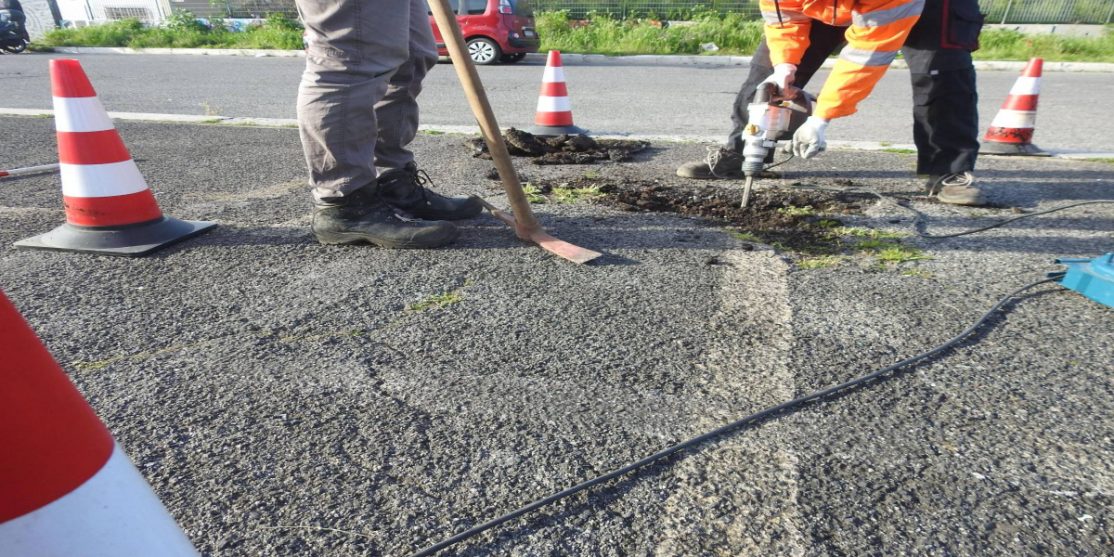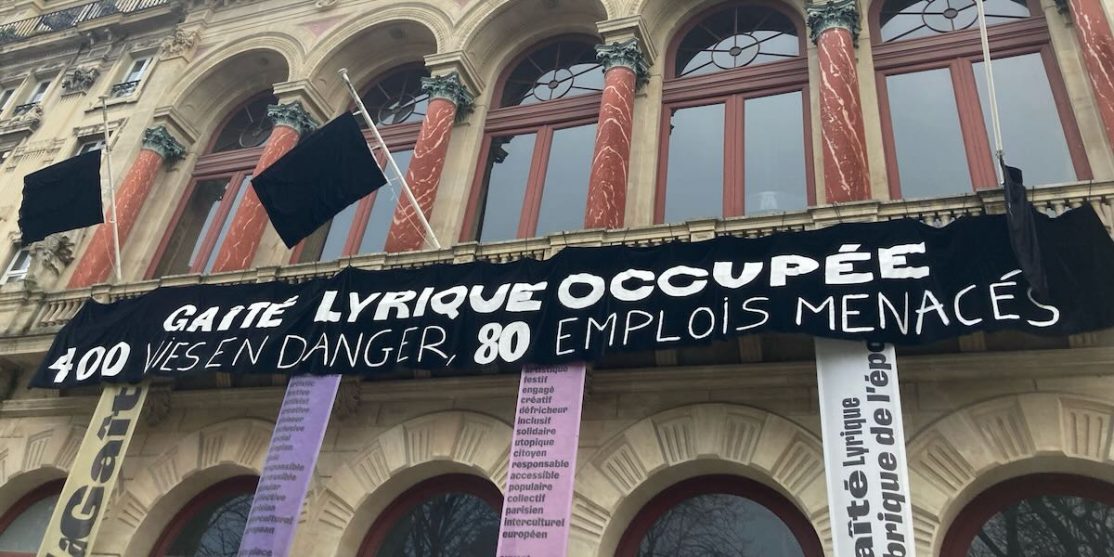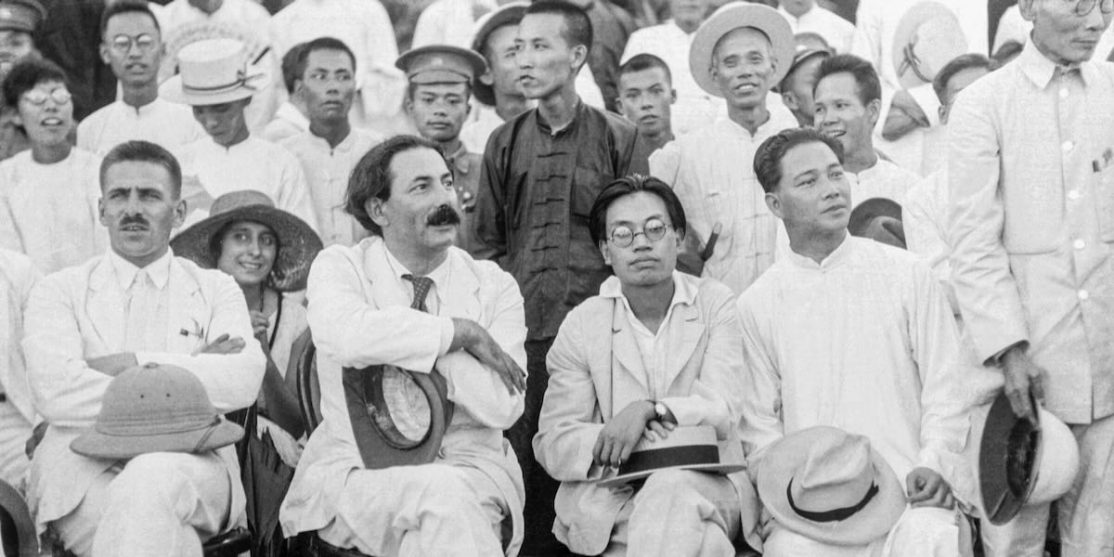DIRITTI
If Women are Becoming a Multitude all Around the World

Editorial after the marea #NonUnaDiMeno of the 26th of November and the assembly of the 27th of November, towards the global women strike of the 8th of March
November 26, 2016: Rome is beautiful again. Three different generations of women opened and mingled in an oceanic and multitudinous demonstration of more than two hundred thousands sexuated bodies. They did so thinning out early morning fog and breaking through grey asphyxia and inaction, which seemed to be the rule: the monotone and irreversible beat of daily life. The sun is shining again, the streets are full of life, of desire, of joy, those bodies are mingling, confusing, composing: it is a marea (a tidal wave). And we are not using this category for a purely rhetorical exercise, or for a strange poetic license, nor to transform it in an arrogant and frustrated slogan.
It is a real multitude, that is taking back the public space to speak up, that is taking back a space that is common, and therefore impersonal, that doesn’t belong to anyone, and that for this reason is deeply and eminently political. And as we are well aware, women do not know a One, no matter if it is the Sovereign or the People. This is a multitude, but it is not indistinct, it is partial and (proudly) differentiated. A multitude that has taken form and has become bigger over the last months – or we should best say years- of hard work. Nearly invisible, but persistently present in anti-violence centres, in communities, in social spaces, in schools, and universities. All this took the streets to stop male violence against women on the 26th of November.
To read and interpret what happened on this day in Rome, and before in the squares around the world, we must stretch out our point of view in time and space, on the trail of the development and the intimate bond between ancient patriarchal structures, modes of production and government of bodies. Perhaps, the greatest contribution of feminist critique to the analysis of the genesis of capitalist modes of production, has been the extension of the Marxian framework of primitive accumulation. At the beginning of modernity the enclosures did not only and exclusively concern lands, the firsts to be disposed were not peasants, but women bodies. And with them, their knowledges, powers, and another ways of being a community. In other words, what made factories and capitalist development possible, was the violent division between production and reproduction: the women enclosure in the domestic hearth – as Ivan Illich would say. The ‘witch hunt’ has been the untold precondition for enclosures, as we have learned from Silvia Federici and, with her, from a certain feminism.
As we know, history does not have a linear and ascending course, but it proceeds by omissions and discontinuities, reversals and detours, stops and sudden accelerations. Today, in a renovated phase of capitalist restructuring, the idea of progress shows all its ideological face; and even more important the temporal heterogeneity – that holds together hi-tech with new forms of slave labour – characteristic of contemporary production, has radically intensified. This new primitive accumulation comes together with a new re-feudalization processes, such an unusual and brutal combination of archaic and (post)modern defines a brutal re-colonization of bodies that, once again, primarily affects women.
This is our starting point if, materialistically, we want to understand the phenomenon of gender violence as a structural phenomenon and not as an emergency. This is where we need to start if we want to understand the connections between the specific forms of exploitation in the feminized labour market along with the late law proposals which are trying to control and capture women’s reproductive capacity, destroying, access to abortion, and limiting freedom of choice,with a renovated cruelty.
This is because dispossession, expulsion, and primitive accumulation processes are always matched with new techniques of discipline and government of bodies. Once more, it is therefore necessary to start from this specific angle, to catch what is extraordinary and the central in women’s struggles, that are taking place all around the world: from Argentina to Poland, from Mexico to Turkey, from Chile to Iceland, from Brazil to Italy.
A new global feminist movement has born from these premises, we have seen it in Rosario, Warsaw, Mexico City, Istanbul, Santiago, Reykjavik, Sao Paolo, and Rome. Its method is made up of solidarity, creation of new forms of mutual support, self-defence, and translation – Ni Una Menos, Non Una Di Meno, Not One Less – since we know that we are dealing with the reconfiguration of capitalist command that, as such, moves and acts beyond national borders. A new feminism that is a virtuous combination between different generations, and that is -above all- a real alliance between different feminisms. It has given a new centrality to intersectionality as practice, in order to imagine forms of resistance capable to confront the contemporary apparatus of control and exploitation, which stimulates and intensifies the production of differences, in order to extract profit from them. As we learned from Black, decolonial and queer feminism, we need to go beyond a supposed female essence, and practice the intersection of differences and of struggles of the world’s subalterns to subvert the mechanism of subsumption and capture, and impose new practices of liberation and self-determination.
In this sense the marea that took the streets on the 26th was (and will be) a partiality, and of one part – the ‘part with no part’, as Rancière would say – that has combined the demands of women, trans-feminists, migrants, students and precarious workers. Contemporary production, in fact, relies on the so-called feminization of labour. This means not only the generalization to the entire workforce of what has historically characterized women’s work – precarity, supplementarity, gratuity. But also to extract profit from forms of life, caring and relational ability, and thus blurring the boundary between production and reproduction: this is the becoming immediately productive of reproduction.
It is starting from the materiality of their lives, that women are raising up to impose a new order of discourse to the problem of gender violence: violence is not only the physical one, whose last and tragic outcome is femicide. But violence is the one generated by a comprehensive system of production and exploitation, that uses archaic and patriarchal structures, segmentation, and social segregation. Violence is articulated and expressed: in workplaces, through harassment and discrimination, wage disparities, under-compensation, unpaid labour, through the absence of a universal and individualized welfare capable of ensuring an economic independence, and therefore, a real possibility to self-determination; in public health services, in ‘anti-gender crusades’, in classrooms, in evictions and in cuttings fudings to anti-violence centres and women’s centres. Violence is, also, looking at women only as victims, quiet and domesticated, to shut their mouths, to obscure them in the media when they come back to shout, to assert their power and freedom.
And it is from here, from this partiality of women’s bodies, on which the coexistence and interweaving of production and reproduction is inscribed, that a radical movement can start, able to become a multitude, able to oppose the overall neoliberal logics and policies, able to resist the intensification of exploitation, and the control on life as such.
Proud of being incompatible with this system, women are on the move again: the 27th November, in Rome, a meeting with more than 1500 people has started to write a Feminist Plan against violence from below. These plans needs to take the complexity and magnitude of the discourse about violence into account, and so for our claims: from health to freedom of choice, from work and welfare to education and training, from new models of mutualism to self-defence. These claims are not simply a requests to institutional politics, but they want to become – and more often they already are – tools for struggles and for transformation.
This is why, in Rome, like in other 22 countries of the world, we have embraced the call coming from the Argentinian women for a global women strike the next 8th of March. The world should experience what a ‘day without us’, without women, the partiality that has become the new paradigm of the contemporary mode of exploitation, means.
We will have to understand what blocking global production and reproduction, valorisation of soft skills and of our ways of life, of gender that are imposed on us, of invisible and free labour, means today. A social and political strike, therefore, and first of all a gender strike, to block and subvert the mechanisms that are trying to control differences and subjectivities. To reinvent the practices of strike, starting from a feminist partiality, this is the challenge: to recreate the common of the strike, starting from the point of view of this differentiated multitude. To go back to hurting capital, to obstruct the gear, with the tension of who demands a radical change.
From today, the marea is on the move again, under the slogan ‘If our life has no value, produce without us!’. We are going to invade the street of the major global cities, blocking the world.
Who is afraid of the marea, of this marea, can start to tremble.




